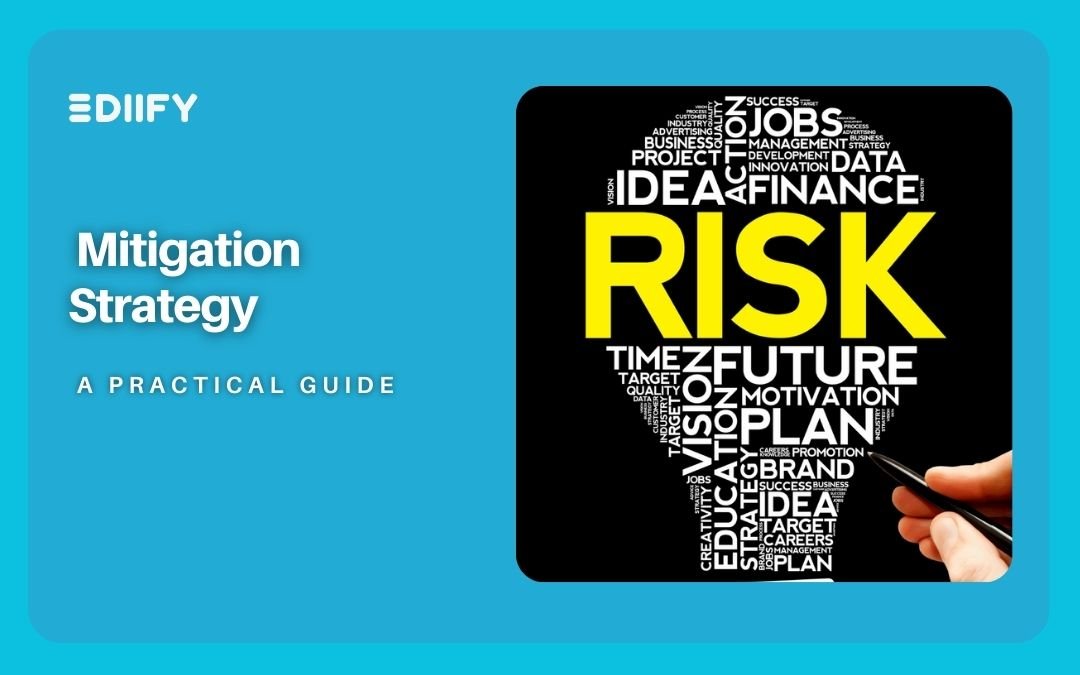Introduction:
In the intricate realm of risk management and disaster preparedness, mitigation strategies play a pivotal role in minimizing the impact of potential threats. Among these strategies, one stands out for its reliance on a fundamental principle – the principle of adaptive capacity. This blog explores the mitigation strategy that harnesses the power of adaptive capacity, unravelling its significance and effectiveness in safeguarding against unforeseen challenges.
The Mitigation Strategy Anchored in Adaptive Capacity:
Mitigation strategies are proactive measures aimed at reducing the severity or consequences of potential disasters or risks. A distinctive approach involves leveraging the principle of “adaptive capacity.” Adaptive capacity refers to the ability of a system, community, or organization to adjust and evolve in response to changing circumstances or disturbances.
Key Components of the Adaptive Capacity-based Mitigation Strategy:

1. Scenario Planning and Flexibility:
The adaptive capacity-based mitigation strategy relies on scenario planning and flexibility. It involves envisioning various scenarios and developing plans that can be adjusted based on the evolving nature of the threat. Flexibility allows for dynamic responses as the situation unfolds.
2. Continuous Learning and Improvement:
An essential aspect of adaptive capacity is a commitment to continuous learning and improvement. Organizations adopting this strategy prioritize gathering information, analyzing feedback, and incorporating lessons learned into their mitigation plans to enhance resilience over time.

3. Community Engagement and Collaboration:
Adaptive capacity thrives on community engagement and collaboration. Building strong community ties, fostering collaboration between organizations, and creating networks for information sharing are integral components. This interconnectedness enhances the collective ability to respond effectively.
Look at the components of SWOT Analysis
https://ediify.com/components-of-swot-analysis-a-comprehensive-guide/
4. Resource Diversification and Redundancy:
The strategy involves resource diversification and redundancy. This includes having alternative resources or redundant systems in place to ensure continued functionality in the face of disruptions. Redundancy enhances the system’s ability to absorb shocks and adapt to changing conditions.
5. Capacity Building and Training:
Investing in capacity building and training is a key element of the adaptive capacity-based strategy. This involves empowering individuals with the skills and knowledge needed to respond effectively to evolving threats, contributing to the overall resilience of the system.

Conclusion:
The mitigation strategy anchored in the principle of adaptive capacity represents a forward-thinking and proactive approach to risk management. By embracing the inherent capacity to adapt and evolve, this strategy aligns with the principle that resilience lies in the ability to navigate uncertainty.
As organizations and communities confront an increasingly complex and unpredictable world, the adaptive capacity-based mitigation strategy serves as a beacon of strategic resilience. It not only mitigates the immediate impact of potential disasters but also builds a foundation for long-term adaptability and sustainability. In conclusion, leveraging the principle of adaptive capacity in mitigation strategies is a strategic investment in cultivating resilience and ensuring readiness for the challenges of an ever-changing landscape.
Glance at the marketing strategy to unlock your brand’s potential
https://ediify.com/marketing-strategy-the-key-to-unlocking-your-brands-potential/
Read the blog for more info:
https://www.techtarget.com/searchdisasterrecovery/definition/risk-mitigation


